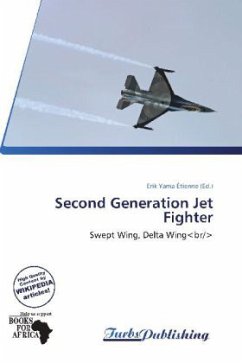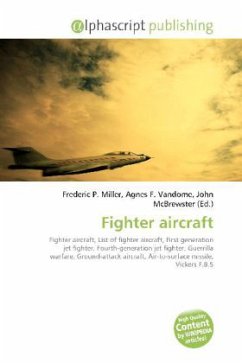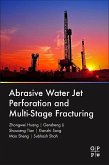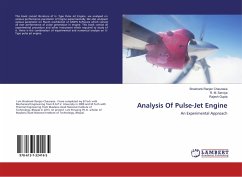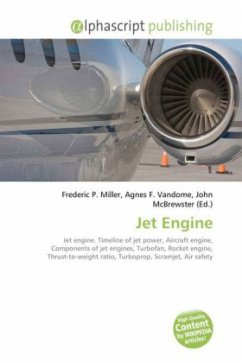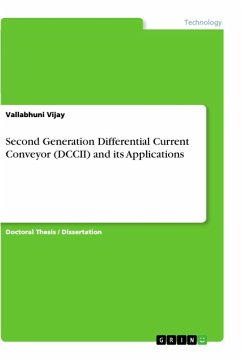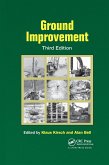The second generation jet fighters existed between the mid-1950s to the early 1960s.The development of second-generation fighters were shaped by technological breakthroughs, lessons learned from the aerial battles of the Korean War, and a focus on conducting operations in a nuclear warfare environment. Technological advances in aerodynamics, propulsion and aerospace building materials (primarily aluminum alloys) permitted designers to experiment with aeronautical innovations, such as swept wings, delta wings, and area-ruled fuselages. Widespread use of after-burning turbojet engines made these the first production aircraft to break the sound barrier, and the ability to sustain supersonic speeds in level flight became a common capability amongst fighters of this generation.
Bitte wählen Sie Ihr Anliegen aus.
Rechnungen
Retourenschein anfordern
Bestellstatus
Storno

